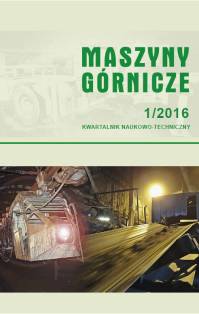

|
Dariusz Prostański, Dominik Bałaga, Marek Kalita, Michał Siegmund
Instytut Techniki Górniczej KOMAG
Paweł Hyła
KWK "Brzeszcze"
Measurements of dust concentration in protective zones
str. 3-10
|
|
W publikacji omówiono problem zagrożenia wybuchem pyłu węglowego, powstającego w trakcie procesu urabiania węgla, będącego jednym z głównych czynników wpływającym na bezpieczeństwo załóg górniczych. Zaprezentowano wyniki badań stężenia pyłu węglowego w wybranych strefach zabezpieczających wyrobisk górniczych, będące podstawą do opracowania algorytmu prowadzenia działań profilaktycznych. Prace badawcze realizowano w ramach projektu o akronimie MEZAP, dofinansowanego przez Narodowe Centrum Badań i Rozwoju.
Słowa kluczowe: górnictwo, strefy zabezpieczające, zwalczanie zapylenia, pył węglowy
|
|
Problem of coal dust explosion hazard during hard coal mining operations, which is the main factor affecting the work safety of mining teams is discussed. Results from dust concentration measurements in the selected zones protecting the mine roadways, which are the base for development of prophylaxis measures algorithms, are presented. The research project was realized within the MEZAP project co-financed by the National Centre for Research and Development in Poland.
Keywords: mining industry, protecting zones, dust control, coal dust
|
|
Piotr Dobrzaniecki, Krzysztof Kaczmarczyk
Instytut Techniki Górniczej KOMAG
Stand tests of HHO installation in the system with Volvo Penta D5A T diesel engine
str. 11-21
|
|
W artykule przedstawiono wyniki badań układu, składającego się z generatora HHO współpracującego z silnikiem spalinowym, wyposażonym w górniczy układ dolotowo-wylotowy. Celem badań była identyfikacja parametrów użytkowych silnika, takich jak moc i moment obrotowy oraz określenie zawartości substancji szkodliwych w spalinach. Na podstawie wyników badań dokonano analizy wpływu generatora na pracę silnika spalinowego.
Słowa kluczowe: silniki spalinowe, generator HHO, skład chemiczny spalin, badania
|
|
Results of tests of the system consisting of HHO generator cooperating with diesel engine, equipped with special inlet-outlet system, are presented. Identification of engine operational parameters, such as power and torque, as well as determination of concentration of hazardous substances in exhaust gases were the tests objectives. Impact of generator on operation of diesel engine was analyzed on the basis of test results.
Keywords: diesel engines, HHO generator, chemical composition of exhaust gases, tests
|
|
Sławomir Bartoszek
Instytut Techniki Górniczej KOMAG
Positioning the roadheader in a roadway
str. 22-35
|
|
W artykule opisano zagadnienie pozycjonowania kombajnu chodnikowego podczas drążenia wyrobiska korytarzowego. Zaprezentowano metodę określania jego bieżącego położenia i orientacji podczas poruszania się według dowolnej trajektorii. Metoda bazuje na zjawiskach falowych i stanowi podstawę do opracowania adaptacyjnego układu sterowania kombajnem chodnikowym. Praca realizowana była w ramach granta doktoranckiego finansowanego ze środków statutowych ITG KOMAG.
Słowa kluczowe: górnictwo, wyrobisko korytarzowe, pozycjonowanie, kombajn chodnikowy, fale ultradźwiękowe
|
|
Problem of positioning the roadheaders during development of roadway is presented. The method for determination of current position and orientation of the roadheader during its movement along the set trajectory is given. The method bases on wave phenomena and is the basis for development of the roadheader adaptive control system. The project was realized within the doctor’s grant financed form KOMAG’s statutory funds.
Keywords: mining industry, roadway, positioning, roadheader, ultrasonic waves
|
|
Adam Zygmunt
Wyższy Urząd Górniczy Departament Energomechaniczny
Marek Szczygieł
Instytut Techniki Górniczej KOMAG
Directions in modernization of mine shaft hoists in 2014-2015
str. 36-58
|
|
Artykuł jest kontynuacją rozważań przedstawionych w 1996 r. w publikacji pt. "Dekapitalizacja techniczna elementów wyciągów szybowych zagrożeniem bezpieczeństwa pracy", w której scharakteryzowano i poddano analizie trzy grupy górniczych wyciągów szybowych. Sklasyfikowano je w zależności od przedziału czasowego ich budowy, prezentując następnie dla każdej grupy koncepcje kierunków modernizacji, szczególnie w zakresie maszyn wyciągowych.
W artykule pozytywnie zweryfikowano ówczesne koncepcje zmian, wskazując równocześnie na aktualne trendy modernizacji elementów wyciągów szybowych. Oceniono wpływ przeprowadzonych modernizacji na poprawę poziomu bezpieczeństwa użytkowania wyciągów szybowych. Omówiono zagadnienia techniczne zmierzające do podniesienia poziomu bezpieczeństwa eksploatacji wyciągów szybowych.
Słowa kluczowe: górniczewyciągi szybowe, modernizacje
|
|
The paper is the continuation of considerations presented in 1996 in the paper entitled "Technical decapitalisation of the components of mine shafts as the hazard to work safety", in which three groups of mine shaft hoists were characterized and analysed. They were classified according to time of their manufacture and then the direction of modernization was given for each group, focusing especially on hoisting machines.
The previous concepts of changes are positively verified and current trends in modernization of the components of shaft hoists are indicated. The impact of implemented modernizations on improvement of safety of use of shaft hoists is assessed. The technical issues aiming at increasing the safety of use of shaft hoists are discussed.
Keywords: mine shaft hoists, modernizations
|
|
Leszek Kowal, Krzysztof Turewicz
Instytut Techniki Górniczej KOMAG
Numerical analyses of vibrations of conveyance in one-end mine shaft hoist
str. 59-78
|
|
W artykule przedstawiono wyniki analiz numerycznych drgań wzdłużnych naczynia wyciągowego górniczego wyciągu szybowego jednokońcowego. Analizy wykonano w odniesieniu do parametrów ruchu rzeczywistego wyciągu szybowego wyposażonego
w maszynę bębnową podczas głębienia szybu. Przeprowadzono adaptację modelu matematycznego ogólnego górniczego wyciągu szybowego dwunaczy-niowego do potrzeb wyciągu jednonaczyniowego. Model zweryfikowano na podstawie wyników badań na obiekcie rzeczywistym, a następnie przeanalizowano wpływ parametrów hamowania bezpieczeństwa na wartość uzyskiwanego opóźnienia naczynia oraz linopędni.
Słowa kluczowe: górnictwo, górnicze wyciągi szybowe, maszyny wyciągowe, bezpieczeństwo, badania
|
|
Result s of numerical analyses of longitudinal vibrations of conveyance of one-end mine shaft hoist are given. The analyses were made with reference to the parameters of real operation of shaft hoist equipped with drum machine during shaft sinking. The mathematical model of two-conveyance mine shaft hoist was adapted to the requirements of single-conveyance shaft hoist. The model was verified by comparison with the results from test on real object, then an impact of parameters of safety braking on deceleration of conveyance and Koepe pulley is analyzed.
Keywords: mining industry, mine shaft hoists, hoisting machines, safety, tests
|
|
Leszek Kowal, Andrzej Niedworok, Marcin Talarek
Instytut Techniki Górniczej KOMAG
Measurements of vibrations of conveyance in one-end mine shaft hoist during safety braking
str. 79-88
|
|
W artykule przedstawiono wyniki badań drgań wzdłużnych naczynia wyciągowego górniczego wyciągu szybowego wyposażonego w jednokońcową bębnową maszynę wyciągową, przeprowadzonych w trakcie hamowania bezpieczeństwa w warunkach rzeczywistych. Na podstawie wyników badań dokonano oceny wartości przyspieszeń występujących w naczyniu.
Słowa kluczowe: górnictwo, wyciągi szybowe, maszyny wyciągowe, bezpieczeństwo, badania drgań
|
|
Results of in-situ measurements of longitudinal vibrations of conveyance of mine shaft hoist equipped with one-end drum hoisting machine, taken during safety braking, are given. Acceleration of the conveyance was assessed based on measurement results.
Keywords: mining industry, mine shaft hoists, hoisting machines, safety, measurements of vibration
|
|
Andrzej Figiel, Marek Szczygieł
Instytut Techniki Górniczej KOMAG
Present signalling and shaft communication devices of mine shaft hoists
str. 89-102
|
|
Urządzenia sygnalizacji i łączności szybowej są podstawowymi elementami górniczych wyciągów szybowych, umożliwiającymi skomunikowanie maszynistów maszyn wyciągowych z sygnalistami szybowymi, obsługującymi stanowiska sygnałowe w szybie. Poprawne i niezawodne działanie systemu sygnalizacji szybowej stanowi podstawę bezpiecznej eksploatacji górniczego wyciągu szybowego. Z kolei spełnienie wymagań odnośnie budowy jego podzespołów gwarantuje bezpieczeństwo eksploatacji w przestrzeniach zagrożonych wybuchem metanu i/lub pyłu węglowego. W artykule przedstawiono współczesne koncepcje i konstrukcje urządzeń sygnalizacyjnych. Omówiono rodzaje pracy, pozwalające na optymalizację stosowania wyciągów szybowych w aspekcie procedury postępowania w sytuacjach awaryjnych. Oddzielnie zaprezentowano proces badania urządzeń sygnalizacji szybowych w celu sprawdzenia spełniania wymagań dla urządzeń i systemów ochronnych przeznaczonych do użytku w przestrzeniach zagrożonych wybuchem.
Słowa kluczowe: górnictwo, wyciągi szybowe, sygnalizacja szybowa, ATEX
|
|
Signalling and shaft communication devices are the main components of mine shaft hoists, which enable communication between operators of hoisting machines and cage loaders at signalling stands in the shaft. Proper and reliable operation of shaft signalling system is a condition for safe operation of mine shaft hoist, as meeting the requirements regarding the design of its sub-systems guarantees safe operation in areas threatened by methane and/or coal dust explosion hazard. Present concepts and designs of signalling devices are given. Modes of operation enabling optimization of use of shaft hoists in the aspect of emergency procedure are discussed. Tests of the shaft signalling devices for checking their conformity with the requirements put to protective devices and systems intended to be used in areas threatened by explosion hazard are discussed separately.
Keywords: mining industry, shaft hoists, shaft signalization, ATEX
|
Próby dołowe technologii drążenia tuneli ratowniczych metodą niszczenia spójności skał
Cebula D., Kalita M., Prostański D.
Systemy do redukcji zapylenia w zakładach przeróbczych
Bałaga D., Siegmund M.
Zarządzanie rozpływem energii w napędzie hybrydowym lokomotywy górniczej – część 1. Algorytm sterowania
Konsek R., Mężyk A.
Koncepcja systemu redukcji tlenków azotu z ognioszczelnego napędu spalinowego
Kaczmarczyk K.
System sterowania ścianowym przenośnikiem zgrzebłowym
Jendrysik S., Jasiulek D., Stankiewicz K.
Innowacyjne podejście do zarządzania maszynami i urządzeniami górniczymi z wykorzystaniem systemu iRIS
Rogal-Rojek J., Piecha A.
Badanie i ocena wyrobów dopuszczanych do stosowania w zakładach górniczych w ramach poszerzonej akredytacji Zakładu Badań Atestacyjnych Jednostki Certyfikującej ITG KOMAG
Zając R., Figiel A.
Czytaj więcej...
Modelowanie charakterystyk trakcyjnych napędów na przykładzie wybranej struktury układu napędowego maszyny roboczej
DOBRZANIECKI P., MĘŻYK A.
Metodyka badań układu hydraulicznego sekcji obudowy zmechanizowanej
MADEJCZYK W.
Konstrukcja ochronna operatora ładowarki górniczej w świetle przepisów i badań niszczących
KALITA M.
Analiza wyników oceny stanu technicznego sekcji obudowy zmechanizowanej w wybranych kopalniach
CHLEBEK D., GERLICH J.
Nowe rozwiązanie prasy filtracyjnej PFK 570 N
MATUSIAK P., TOMAS A., KWAŚNY K.
Upowszechnianie informacji o bezpiecznych metodach pracy
MICHALAK D.
Zmodernizowany system monitoringu konstrukcji obiektów wielkopowierzchniowych
BARTOSZEK S., JAGODA J., ROGALA-ROJEK J., JURA J., LATOS M.
Wymagania bezpieczeństwa dla stojaków hydraulicznych centralnie zasilanych według projektu normy PN-G-15536
ZAJĄC R., WIERZBICKA D., SZYGUŁA M.
Klaster Maszyn Górniczych
ŚLEDZIŃSKI W.

Czytaj więcej...
Wirtualne prototypowane kabiny operatora kolejki spągowej CLS–120 w świetle kryterium bezpieczeństwa
Chuchnowski W., Tokarczyk J., Szewerda K., Turewicz A. |
Przyczyny uszkodzeń elementów hydrauliki sterującej i pro- pozycje ich minimalizacji
Gil J., Kubiesa R., Stoiński K. |
Ścianowy system eksploatacji pokładów węgla w Australii w 2008 roku
Smolnik G. |
Proces badania i oceny maszyn wyciągowych oraz urządzeń sygnalizacji szybowej zbudowanych w oparciu o sterowniki swobodnie programowalne
Cholewa J., Hałupczok P., Małecki J. |
Rozwój konstrukcji rurowych młynów wibracyjnych
Sidor J., Tomach P. |
Badania laboratoryjne wpływu parametrów pokładu sitowego na rozdział materiału w osadzarce pulsacyjnej w zależności od charakterystyki nadawy
Kowol D., Lenartowicz M., Łagódka M. |
Metody odzyskiwania i przetwarzania energii cieplnej
Woszczyński M., Stankiewicz K. |
Wybór dostawców w aspekcie procesów jakościowych na przykładzie wymagań normy PN-EN ISO 9001:2009
Zając R., Zając A. |
Działania Funduszu Badawczego Węgla i Stali na rzecz rozwoju innowacyjnych technik i technologii w górnictwie
Hordyniak E. |
Czytaj więcej...
Powietrzno-wodna instalacja zraszająca do kombajnów górniczych – rozwiązanie ciągle doskonalone
PROSTAŃSKI D., BAŁAGA D., ROJEK P., SEDLACZEK J. |
Zagadnienia bezpieczeństwa transportu kolejkami spągowymi i podwieszonymi w wyrobiskach nachylonych
DRWIĘGA A., JANAS S., SUFFNER H. |
Obciążenia zawieszeń naczyń podczas rozruchu górniczego urządzenia wyciągowego na tle przeprowadzonego eksperymentu
WOLNY S. |
Wyzwania i tendencje rozwojowe w mechanizacji górnictwa węgla kamiennego
SIKORA W. |
Z marginesu na szczyt – rozwój ścianowego systemu eksploatacji pokładów węgla w USA w ciągu trzech dziesięcioleci
SMOLNIK G. |
Wykorzystanie krzyżowej analizy wpływów w projektach foresight na przykładzie kadr dla przemysłu maszynowego
KIEŁTYKA A. |
Zapewnienie jakości produkcji urządzeń przeznaczonych do pracy w przestrzeniach zagrożonych wybuchem w aspekcie wymagań normy PN-EN 13980:2004
ZAJĄC R., FIGIEL A. |
Zarządzanie komunikacyjne – ważność wewnętrznych sieci informacyjno-komunikacyjnych
SKOŁUD B., DYMAREK E. |
Czytaj więcej...
Metodyka i matematyczny model stanowiskowych badań dynamicznej odporności kotwi górniczych
Pytlik A.
Model matematyczny sieci przeciwpożarowej kopalni podziemnej
Mikoś M., Ptak J., Wojciechowski J., Wojciechowski M.
Metody numeryczne w projektowaniu urządzeń sedymentacyjnych
Kołodziejczyk K., Zacharz T.
Stanowisko do badań laboratoryjnych procesu ładowania frezującym organem ślimakowym
Hamala K., Wydro T.
Propozycja wprowadzenia jedno- znacznych oznaczeń dla noży styczno-obrotowych frezujących organów ślimakowych
Krauze K.
Ręczna wiertarka obrotowo-udarowa RWU-50 zasilana 2% emulsją olejowo-wodną
Pac A., Stenka G., Warachim W.
Nowa generacja maszyn i urządzeń górniczych produkcji Rybnickiej Fabryki Maszyn „Ryfama” S.A.
Suchoń J., Szlązak J.
Podziemne składowa- nie odpadów niebezpiecznych w Polsce aktualnym wyzwaniem dla inżynierii środowiska
Kłeczek Z., Zeljaś D.
Wpływ czynnika ludzkiego na wypadkowość w kopalniach
Bryukhanov A., Mnukhin A.
Działania doskonalące w systemie zarządzania jakością
Zając R.
Czytaj więcej...
Information for Authors
- The Editorial Office accepts original articles, unpublished earlier, of the thematic content in accordance with the journal profile.
- The Editorial Office reserves the right to resign from publishing the article if:
- its subject – matter is not within the journal profile,
- the article does not obtain positive reviews,
- the article is incomplete or contains typographic materials of too low quality,
- the article has not been prepared according to the editorial guidelines.
- The Author/Authors are required:
- to reveal a contribution of individuals in an elaboration of the publication, but the main responsibility for the content of the submitted article is borne by the author delivering it,
- to show the information about the subjects contributing to a preparation of the publication (thematic, in kind, financial input etc.),
- to mention the person, whose input in a preparation of the publication has been significant and whose name is not among the authors, he/she should be mentioned in the acknowledgements included in the publication.
- An indispensable condition of publishing the article includes conveying the author and proprietary rights by the author/authors to the KOMAG Institute of Mining Technology (Application Form).
- All the detected cases of ghostwriting or guest authorship will be brought to light, including
a notification of the appropriate institutions (institutions employing the authors, scientific societies, associations of scientific editors and so on).
- The Author/Authors are requested to follow the principles of publishing articles:
7. The volume of the article should not be smaller than 6 but not bigger than 10 editorial pages according to the established magazine template.
8. The text, planned for a publication, should be delivered on the above mentioned template in the editing version, via the website https://wydawnictwa.komag.eu/index.php/miningmachines/about/submissions
9. An initial approval of the article is done by the Editorial Office after having checked:
- the content of the publication original, i.e. whether it contains: author’s/authors’ scientific/professional degrees and titles, author’s/authors’ affiliations, title, abstract, preamble (introduction), formulation of subject-matter in clauses, summary, records of literature (bibliography).
- Article Application Form.
10. The Thematic Editor qualifies the article for reviews.
11. Obtaining positive reviews is a condition of approving the article for a publication – see the Reviewing Procedure.
12. A correction of the article reviewed version by the English Language Editor and the Technical Editor is conducted.
13. The Editor – in – Chief approves the article final version for a publication.
Attention: The Editorial Office does not charge any fees for a publishing process and for an approval of the text (APC – Article Processing Charge).
Forms for collection:
Application Form [doc]
Article Template [doc]
Link extension to Item 5 of the Information for Authors.
Ghostwriting barrier
Readers of Mining Machinery can be assured that the authors of the publication present the results of their work clearly, fairly and honestly, whether they are the direct authors or have been assisted by a specialised body.
The editors require the authors of a publication to disclose the contribution of individual authors to the publication (providing their affiliation, i.e. information on who authored the concepts, assumptions, methods, etc. used to prepare the publication), but the primary responsibility lies with the author submitting the article. The editors require information on the sources of funding for the publication, contributions from scientific research institutions, societies and others.
Ethics in publishing
KOMAG Publishing follows the COPE guidelines for dealing with potential acts of misconduct. Cases of plagiarism, data falsification, image manipulation, and incorrect authorship are not tolerated at Mining Machines.
If evidence of misconduct is found, the following actions may be taken: withdrawal of the published paper; publication of a correction or statement of concern; refusal to submit in the future; a notice of misconduct sent to the author's local institution, supervisor and/or bioethics committee.
Mining Machines editors and reviewers are guided by the best ethical practices for publication. They are required to disclose any potential conflicts of interest that may arise during the editorial and review process; they are also required to promptly report any ethical concerns about an article that is being processed/reviewed. Editors and reviewers are expected to treat all articles confidentially. The editors make every effort to ensure that inaccurate or misleading data, opinions or statements do not appear in the Mining Machines journal. Responsibility for data and opinions appearing in articles rests with the author.
Authors are expected to follow ethical standards when publishing in Mining Machines.
Ethical declaration
Authors should adhere to the highest standards of conduct, including openness and honesty; They should act with integrity and trustworthiness. Authors are asked to disclose any ethical issues related to the study presented in the article or declare that the study was conducted in accordance with ethical standards.
Preliminary assessment
All submitted manuscripts will be checked by the Editor for proper preparation and compliance with the journal's ethical principles. Manuscripts received are checked for potential plagiarism using an anti-plagiarism program. Articles that do not comply with the journal's ethical policy or do not meet the journal's standards will be rejected before review. Incomplete manuscripts that are not prepared in the recommended style (not prepared in the article template) will be returned to the authors without scientific review. After these checks, the Editorial Board consults with the Editor-in-Chief of the journal to determine whether the manuscript fits within the scope of the journal and is scientifically valid. Articles that do not have sufficient priority for publication will be rejected immediately. The editors reserve the right to reject an article for insufficient language quality. Rejection decisions at this stage will be reviewed by the Editor-in-Chief/Deputy Editor. Some articles may have two or three rounds of review. The Editor-in-Chief is responsible for the final decision to accept or reject articles. The decision of the Editorial Board is final.
The procedure for reviewing articles follows the recommendations described in the booklet “Good practices in review procedures in science.”
Authors, by submitting their articles for publication in the journal, agree to have them reviewed.
Submitted articles are subject to the overall evaluation of the Editorial Board and then evaluated by reviewers.
At least two independent reviewers, employed at institutions other than the author(s), are appointed. The reviewers guarantee independence of opinion, no conflicts of interest, no personal or business ties with the authors of the articles, and respect for confidentiality.
The recommended form of review is a model in which the author/authors do not know each other's identities (the so-called “double - blind review process”). Review results are uploaded to Open Journal Systems 3.4.0.4, which is open source journal management and publishing software developed, supported and freely distributed by the Public Knowledge Project (PKP) under the GNU General Public License, which is used by our Publishing House.
The reviewer issues a review that explicitly states whether the article is qualified for publication or rejected.
The final decision to qualify an article for publication is made by the Editor.
Rules on errors in published works
If the author(s) discovers significant errors or inaccuracies in their texts, they are obliged to immediately notify the journal's editors in order to withdraw the text or correct the errors that have occurred.
Verifying materials already published and preventing conflicts of interest
The editorial team, based on the COPE Principles, may withdraw an article from publication, express doubts about its content, or decide on the need to make corrections to material already published. Unpublished articles may not be used by members of the editorial team or any other persons involved in publishing procedures without the written consent of the authors.
Conflicts of interest
A conflict of interest occurs when an author (or the entity he or she represents), reviewer or editor is involved in economic or personal relationships that inappropriately influence his or her actions. Other, related terms for this phenomenon are conflict of commitment and conflict of loyalty. Conflict of interest can also occur when the affected individual is unaware of it.
All authors are asked to disclose any actual or potential conflicts of interest, including any financial, personal or other affiliations with other individuals or organizations, within three years of the start of the submitted work that could improperly influence or be perceived to influence their work. The relevant statement must be made directly on the Article Submission Sheet.
Reviewers are not allowed to use the reviewed papers for their personal needs and benefits. They should also not evaluate texts where there may be a conflict of interest with the author(s).
Data access and storage
The authors may be asked to provide (in digital form) the output of the study data. They should also be prepared to make the data publicly available, if possible. Authors should ensure that such data are available to other professionals for at least 10 years after publication, preferably through research data repositories (institutional or domain-specific).
Intellectual property
Authors, when submitting a text to the editorial board, guarantee that they have independently written an original scientific work, and if they have used excerpts from the works of other authors, that they have been properly cited. Plagiarism in all its forms is an unethical act and will be made public by the editors. We expect manuscripts to be the result of original research, not previously published or not currently under review by another journal.
All manuscripts for publication in Mining Machines are subjected to anti-plagiarism examination using the Anti-Plagiarism system.
Manuscripts with revealed cases of ghostwriting will be rejected by the editors. Authorship should be limited only to those individuals who have significantly contributed to the preparation of the conception, execution or interpretation of the delivered text. All those who made significant contributions should be listed as co-authors along with the size of their contribution.
Open Access means free, universal, permanent and immediate access for any web user to digital forms of scientific and educational data and content. The Open Access policy adopted by KOMAG Publishing House is based on the belief that the basis for the development of science is openness. It aims to enable authors to increase citability by posting electronic versions of published articles in reference databases, scientific repositories and websites. Immediate dissemination of research results contributes to the growth of new knowledge and increased impact of ongoing research on the development of science. Therefore, Authors of articles qualified for publication in Mining Machines Quarterly are obliged to transfer to the Publisher (KOMAG Institute of Mining Technology) the rights to use the prepared text and its publication in electronic version on the Publisher's website or to grant the Publisher a free license to use and manage the developed works with retention of author's economic rights.
The content will be published under a Creative Commons Attribution-ShareAlike License.
Non-commercial Use 4.0 (CC BY-NC 4.0).
Granting the publisher these rights ensures that delays in the dissemination of research results are eliminated, while the authors become more widely recognized. This is because electronic versions of published articles are posted no later than the time of their formal publication.
Principle of scientific integrity
Members of the editorial team are obliged to make every effort to maintain integrity in terms of scientific accuracy of published works. To this end, they may make appropriate corrections, as well as, in the case of suspected fraudulent practices (plagiarism, falsification of research results), decide to withdraw the text from publication.
The editors, if necessary, are always ready to publish also appropriate corrigenda, clarifications or apologies.
Text withdrawal
The editorial team may consider withdrawal of the text if:
1. there is clear evidence of unreliability of study results, fabrication of data, as well as if unintentional errors (e.g., calculation errors, methodological errors) have been made,
2. the research results have been previously published elsewhere,
3. the work bears the signs of plagiarism or violates ethical principles.
The notice of withdrawal of the text should be treated as equivalent to the withdrawal of the article. This notice should contain information about the person (the headline should include at least the title and name(s) of the author(s) of the paper) and the reasons (to distinguish unintentional errors from deliberate misuse) deciding to withdraw the text. Withdrawn texts are not removed from the published version of the journal, but the fact of their withdrawal will be clearly marked.
Editor – in – Chief: Roman Dychkovskyi, Dnipro University of Technology,
National Mining University of Ukraine, UKRAINE
Vice Chief Editor: Dariusz Prostański, KOMAG Institute of Mining Technology, POLAND
Managing Editor: Adrianna Kalita, KOMAG Institute of Mining Technology, POLAND
Managing: Bogna Kolasińska, KOMAG Institute of Mining Technology, POLAND
Technical Editor: Bogna Kolasińska, KOMAG Institute of Mining Technology, POLAND
Open Access Leader: Adrianna Kalita, KOMAG Institute of Mining Technology, POLAND
Cover Designer: Bogna Kolasińska, KOMAG Institute of Mining Technology, POLAND
THEMATIC EDITORS
Scientific discipline
ENVIRONMENT ENGINEERING, MINING AND POWER ENGINEERING
Greg Galecki, Missouri University of Science and Technology, UNITED STATES
Carsten Drebenstedt, Technische Universität Bergakademie Freiberg, GERMANY
AUTOMATION, ELECTRONICS AND ELECTROTECHNICS
Joel M. Haight, University of Pittsburgh, Pittsburgh, UNITED STATES
Krzysztof Fujarewicz, Silesian University of Technology, POLAND
MECHANICAL ENGINEERING
Brian D. Ricketts, European Association for Coal and Lignite (EURACOAL), BELGIUM
Jarosław Brodny, Silesian University of Technology, POLAND
Pavol Bozek, Slovak University of Technology in Bratislava, SLOVAK REPUBLIC
ENGLISH LANGUAGE EDITOR
Dominik Brandys, University of Washington in Seattle, UNITED STATES
STATISTICAL EDITOR
Jaroslaw Tokarczyk, KOMAG Institute of Mining Technology, POLAND
PUBLISHER AND CONTACT
KOMAG Institute of Mining Technology
Pszczyńska 37
44-101 Gliwice, Poland
E-mail of Editorial Office: Ten adres pocztowy jest chroniony przed spamowaniem. Aby go zobaczyć, konieczne jest włączenie w przeglądarce obsługi JavaScript.
Editor – in – Chief: phone: 38 0985233306, e-mail: Ten adres pocztowy jest chroniony przed spamowaniem. Aby go zobaczyć, konieczne jest włączenie w przeglądarce obsługi JavaScript.
Vice Chief Editor: phone: 32 2374600, e-mail: Ten adres pocztowy jest chroniony przed spamowaniem. Aby go zobaczyć, konieczne jest włączenie w przeglądarce obsługi JavaScript.
Managing Editor: phone: +48 32 2374695, e-mail: Ten adres pocztowy jest chroniony przed spamowaniem. Aby go zobaczyć, konieczne jest włączenie w przeglądarce obsługi JavaScript.
phone: +48 32 2374563, e-mail: Ten adres pocztowy jest chroniony przed spamowaniem. Aby go zobaczyć, konieczne jest włączenie w przeglądarce obsługi JavaScript.
http://komag.eu/publications/mining-machines/editorial-office








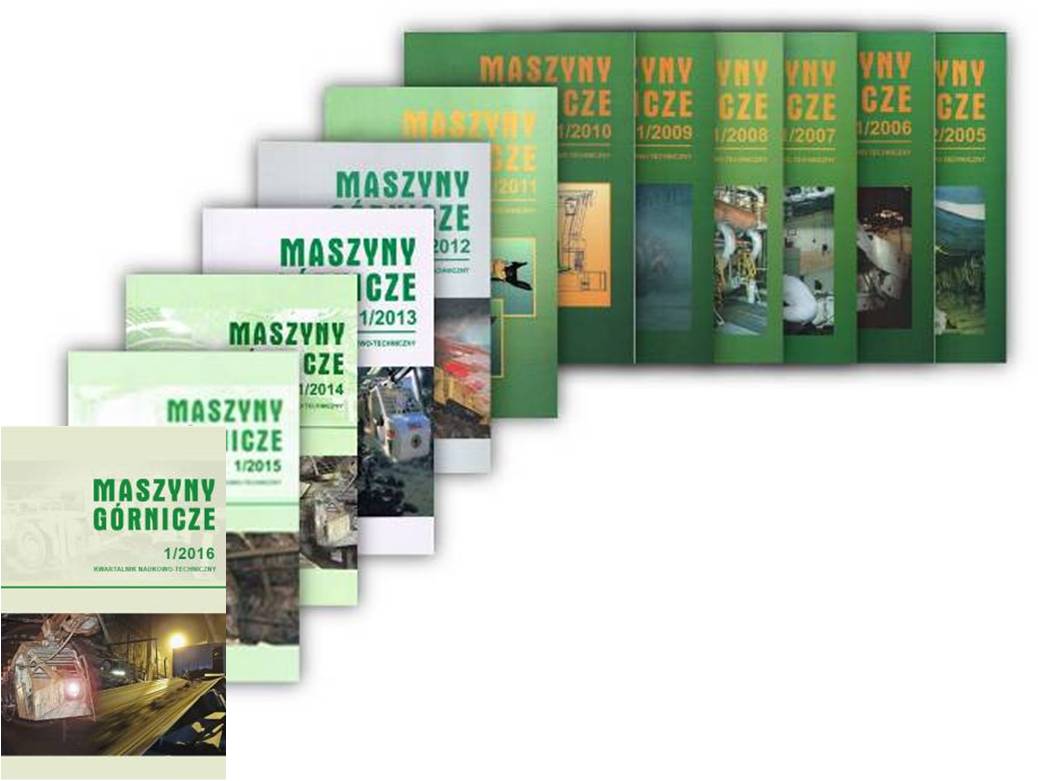

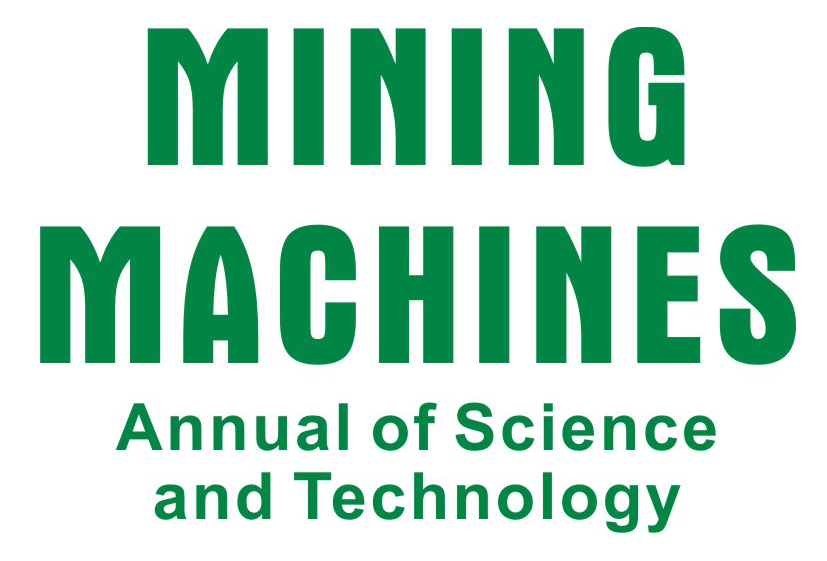
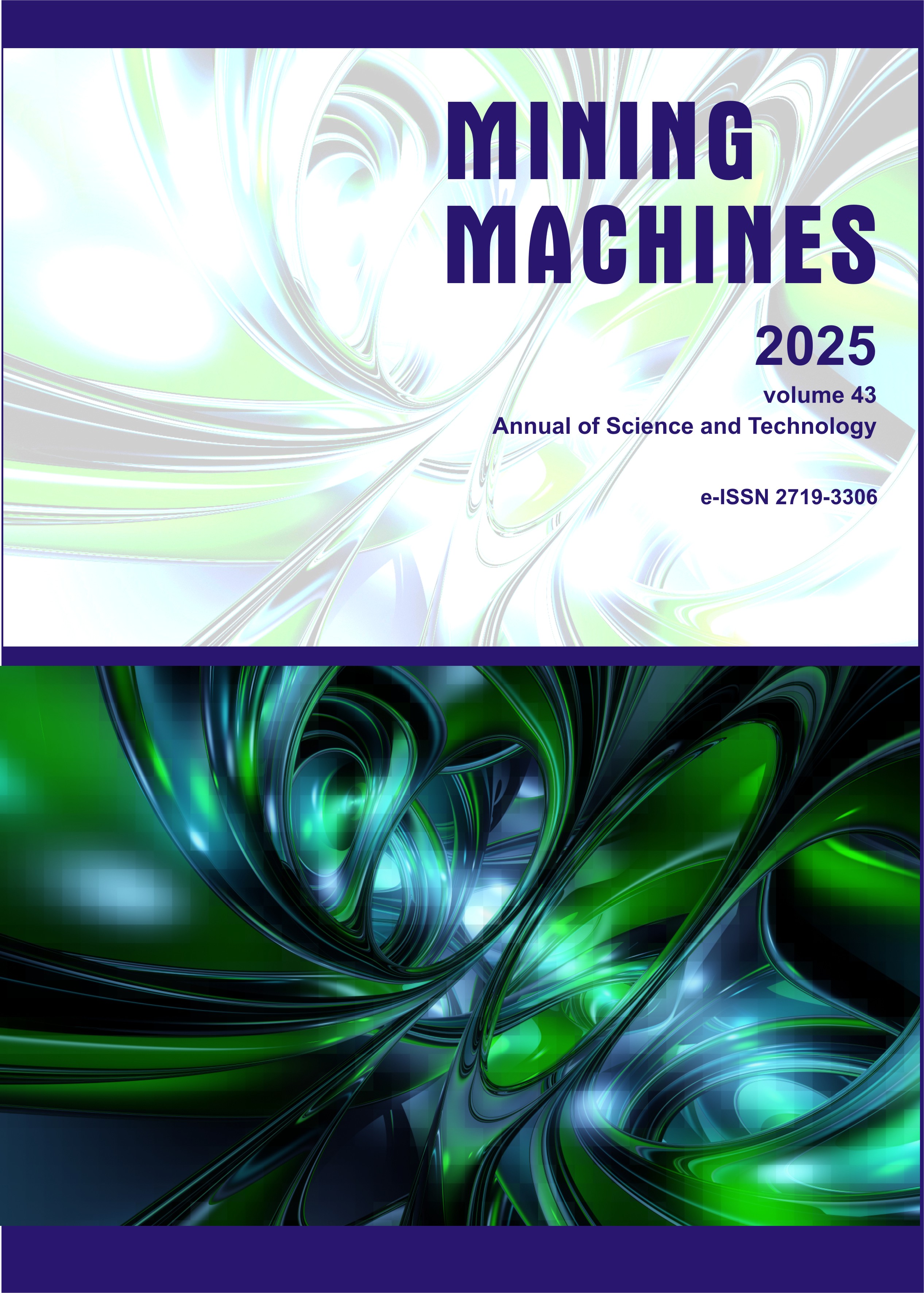
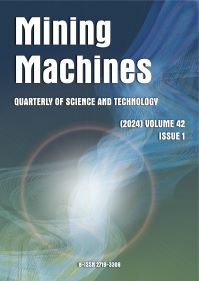
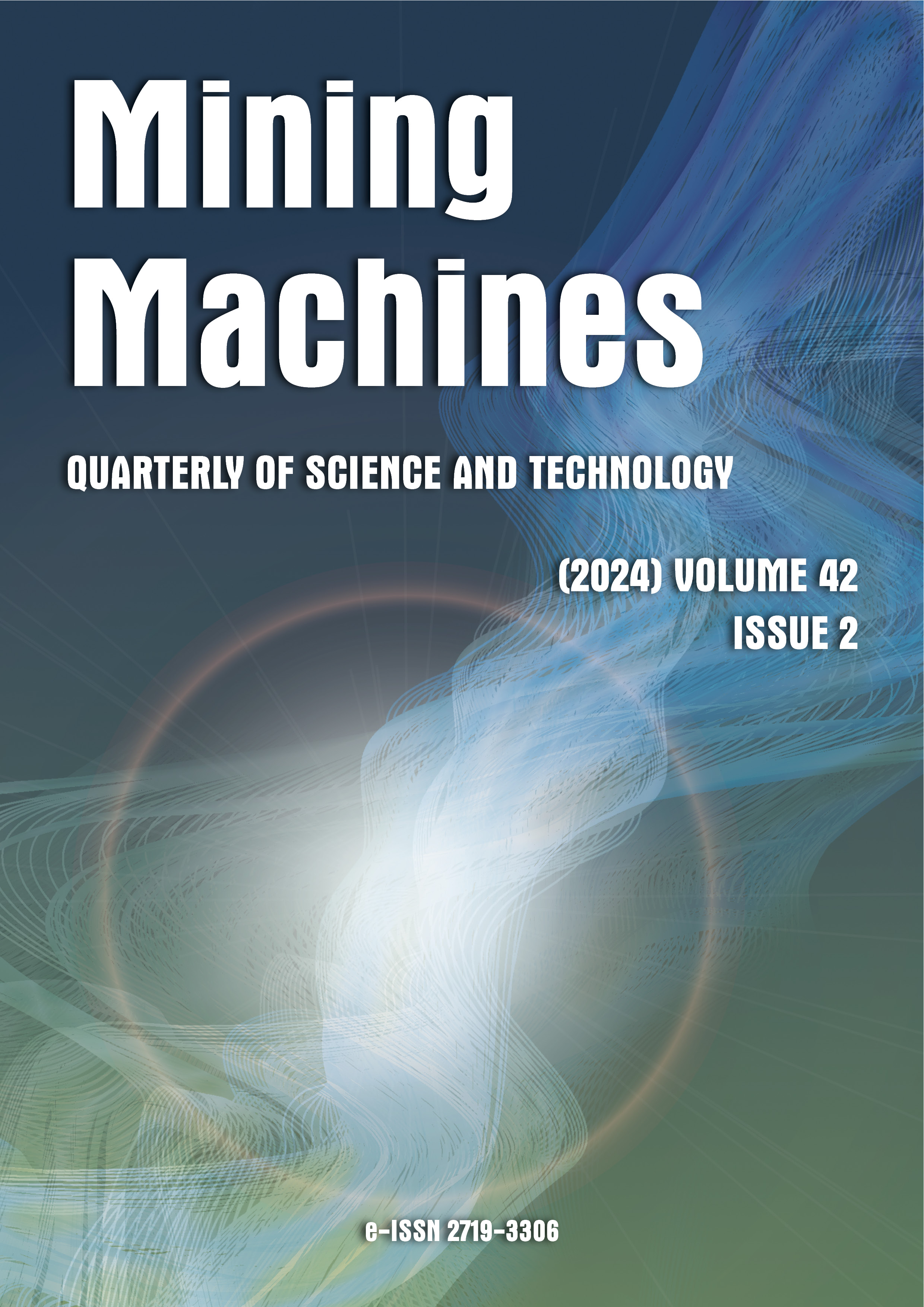
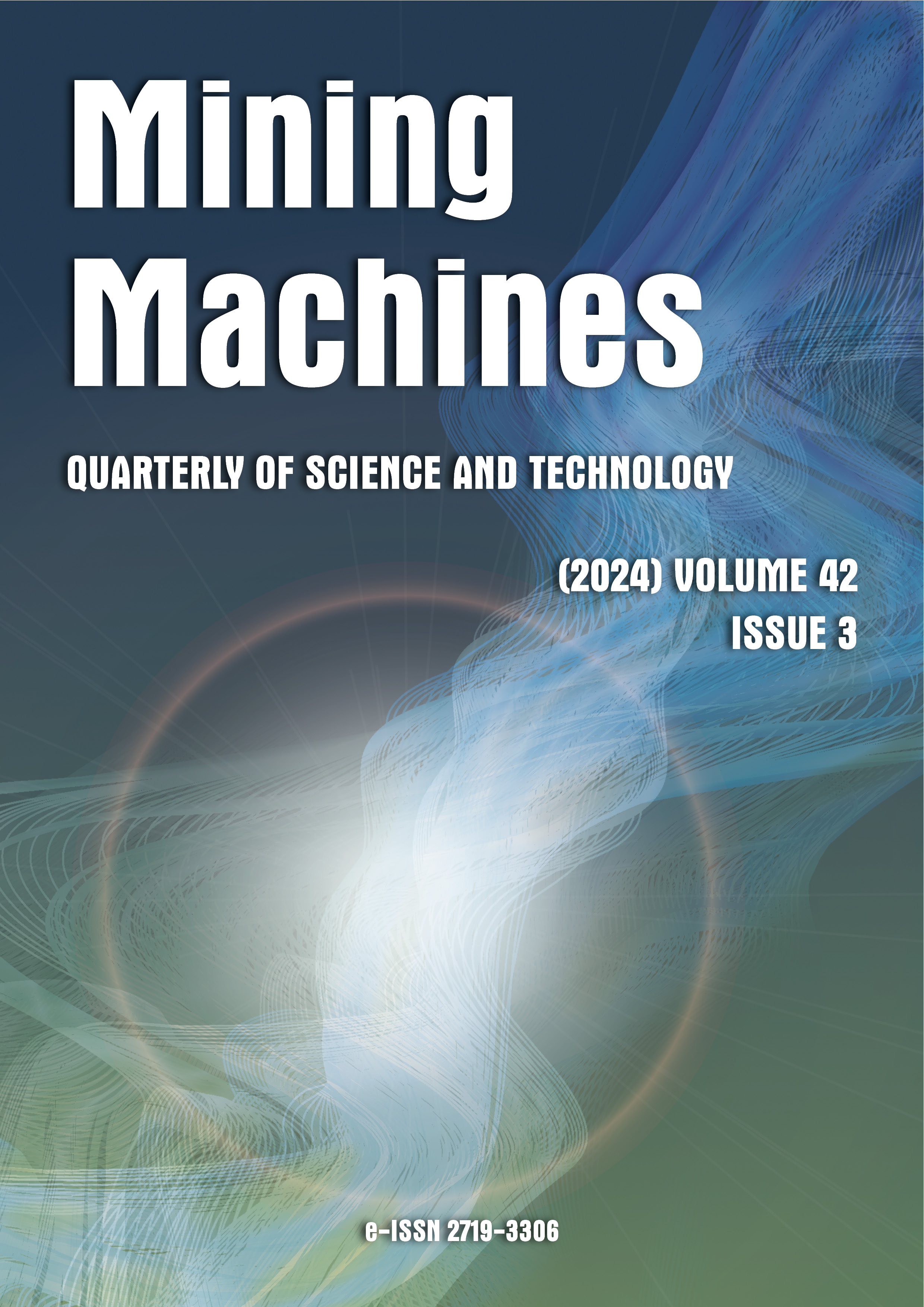

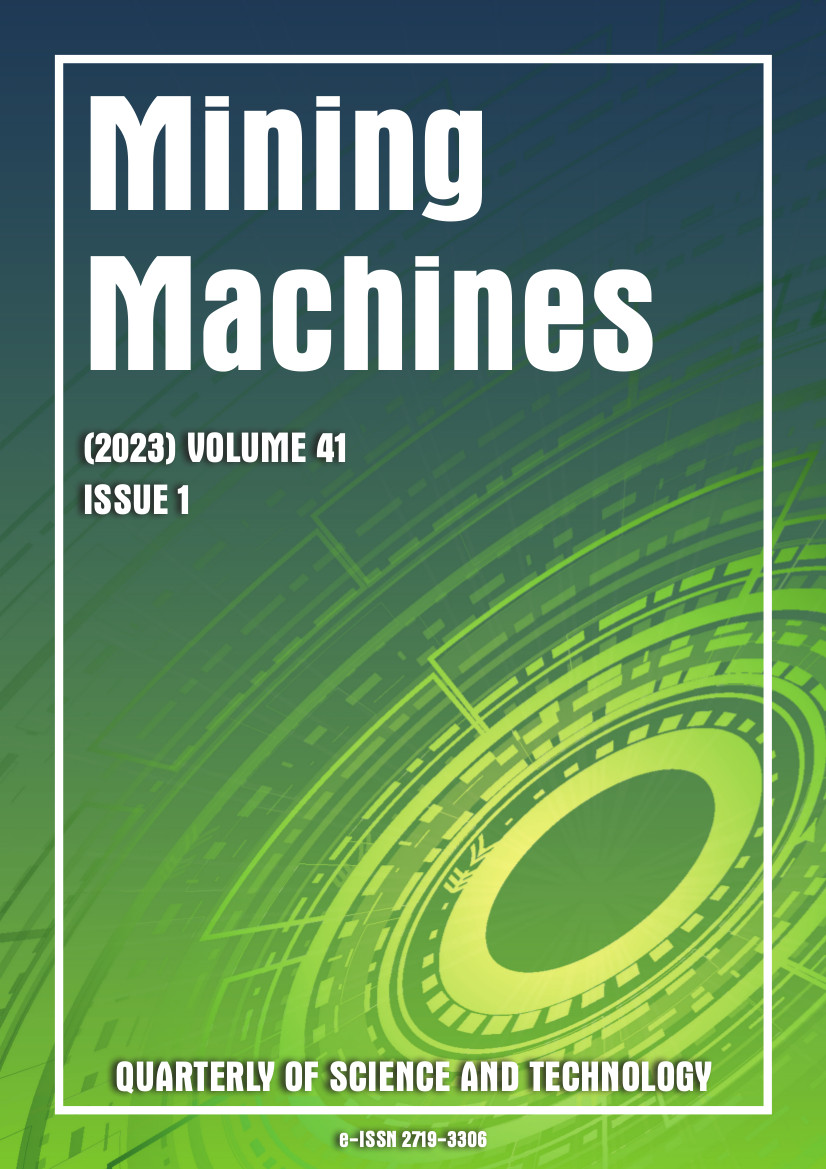
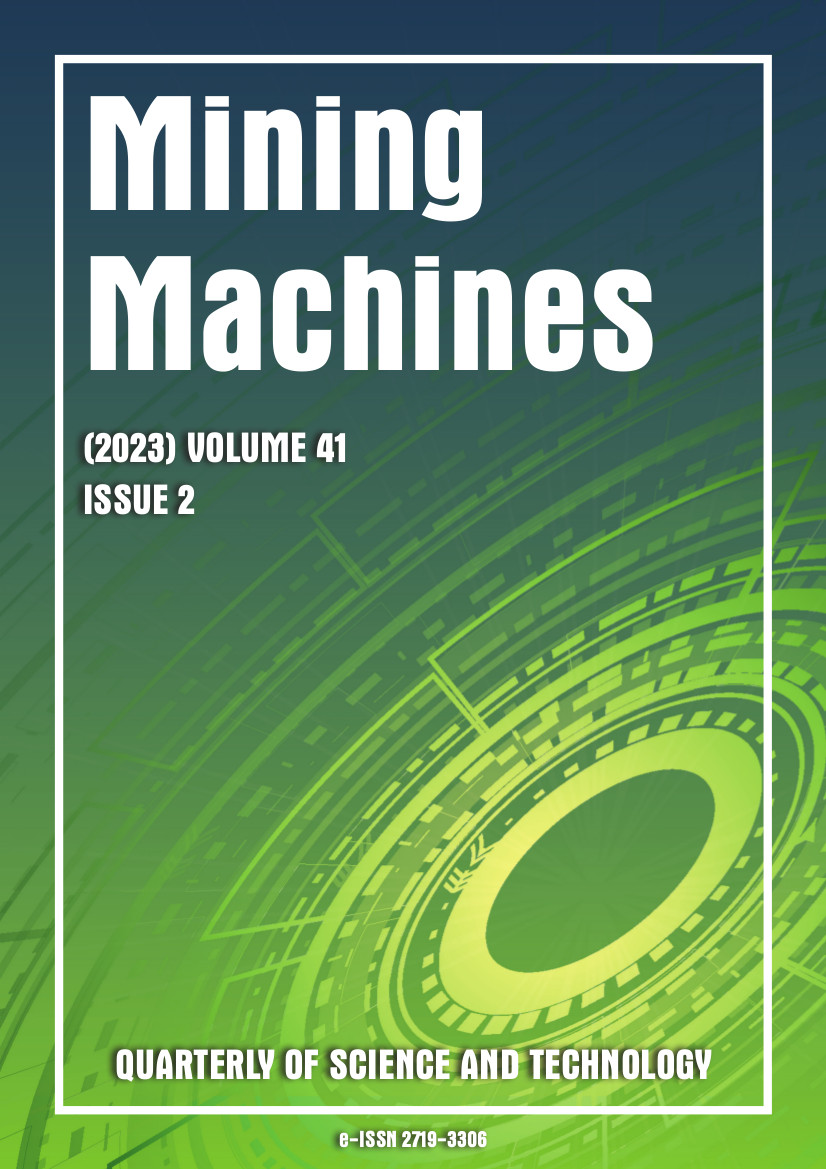
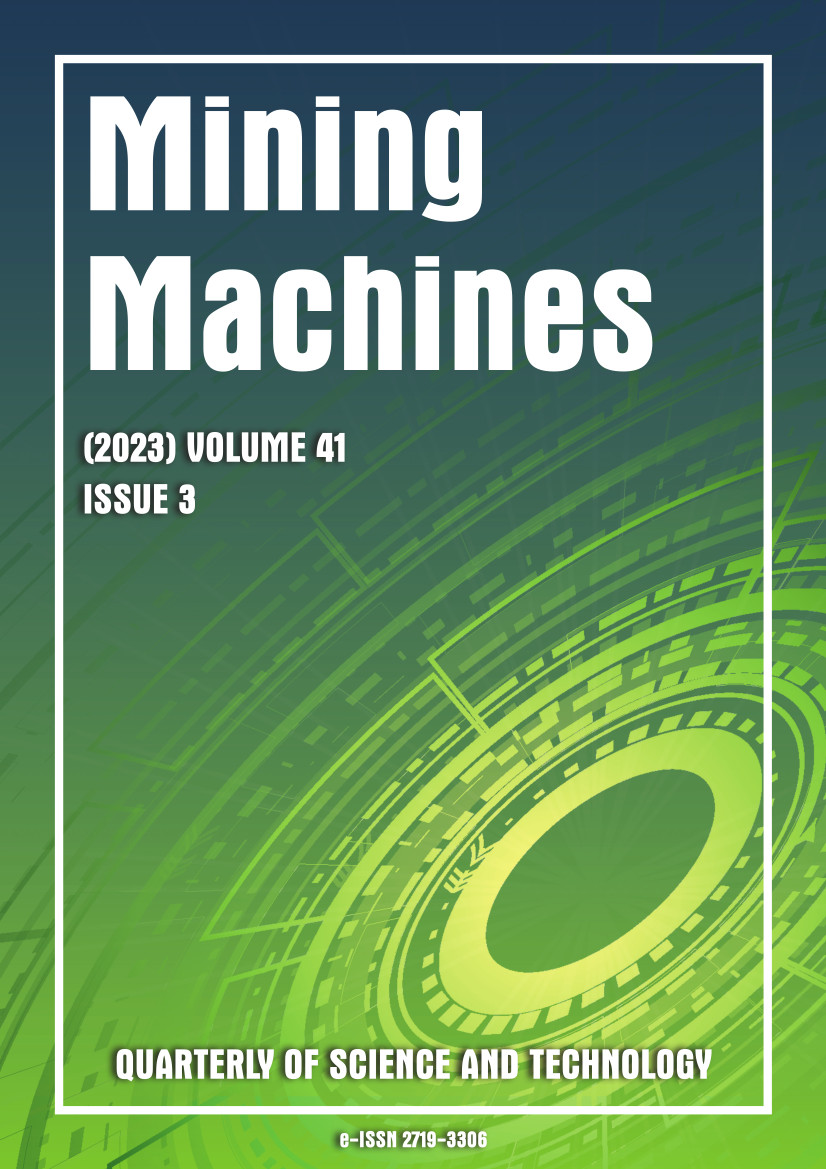
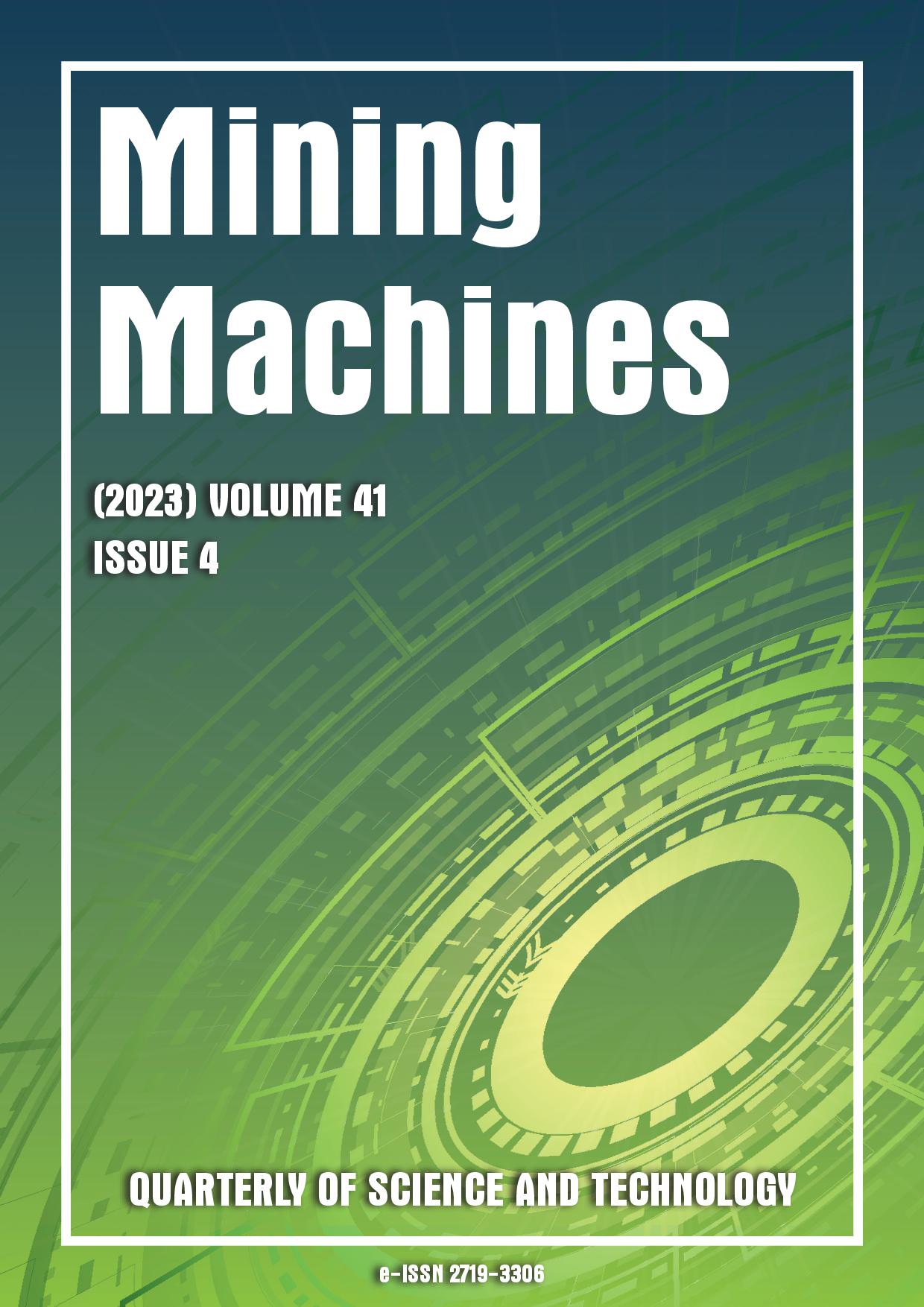

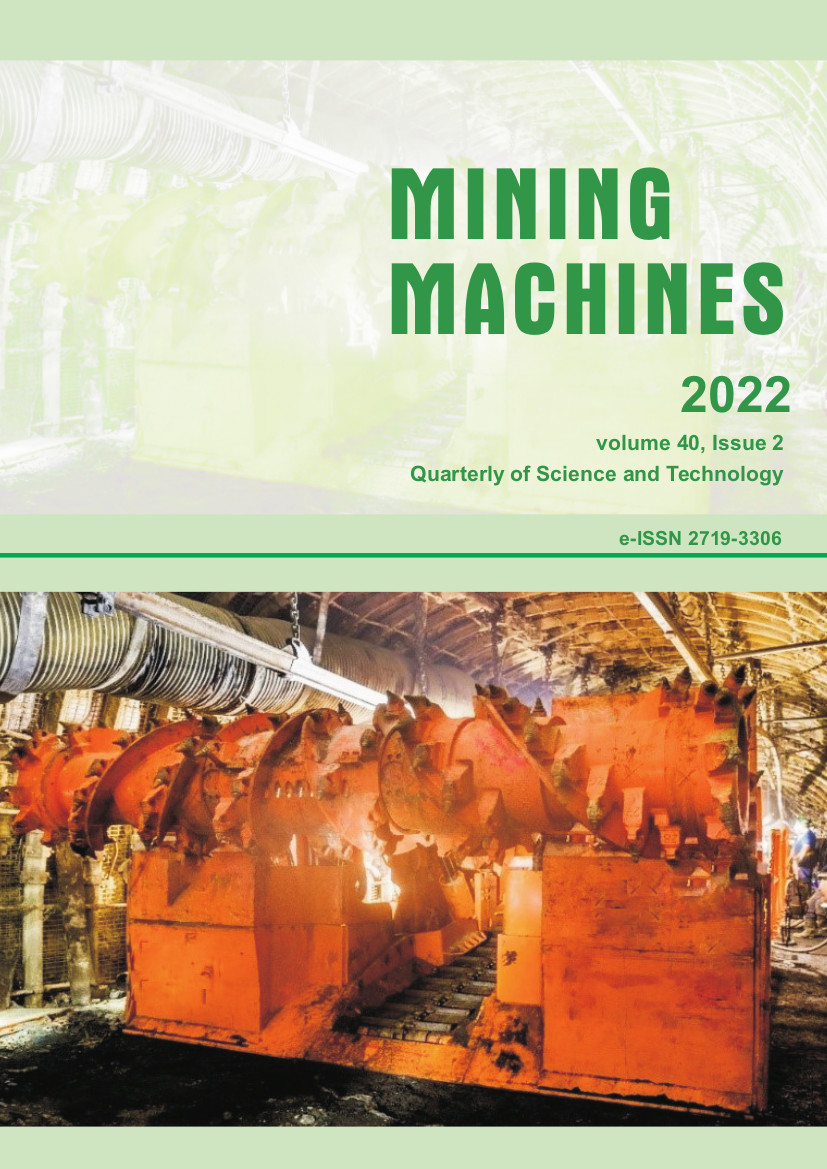
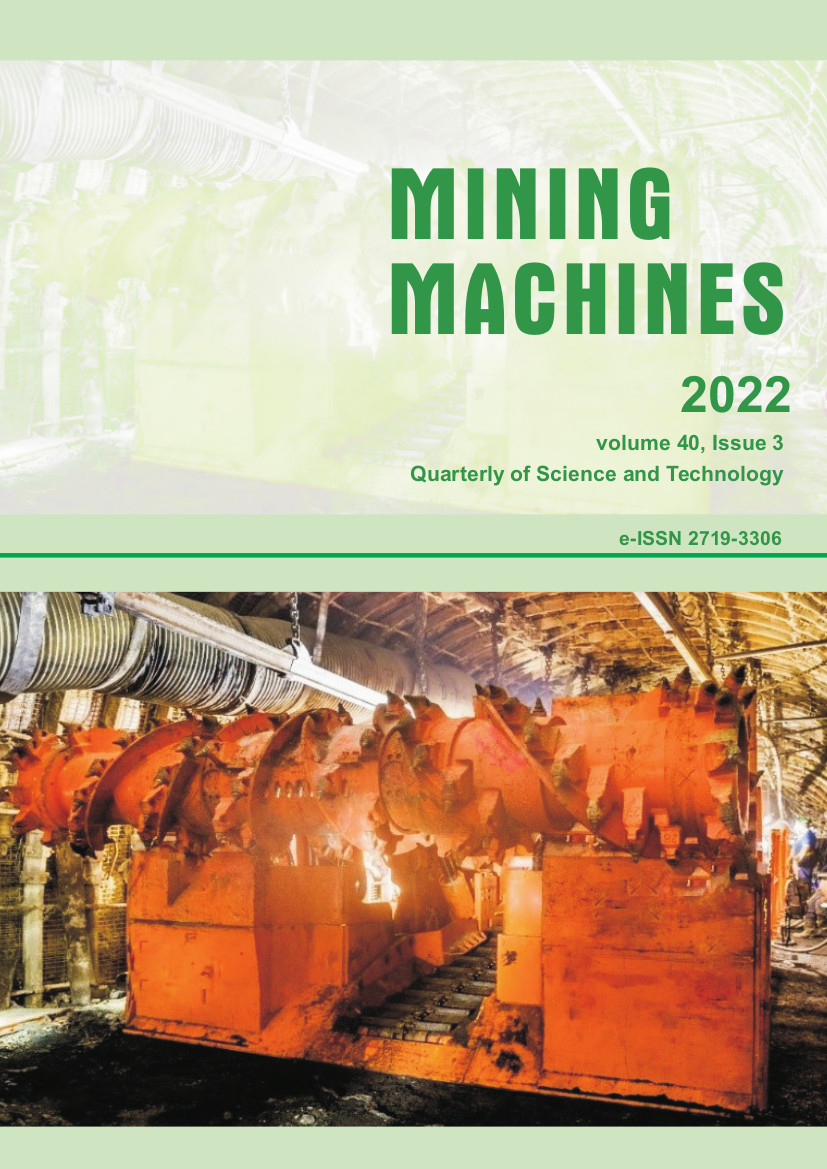
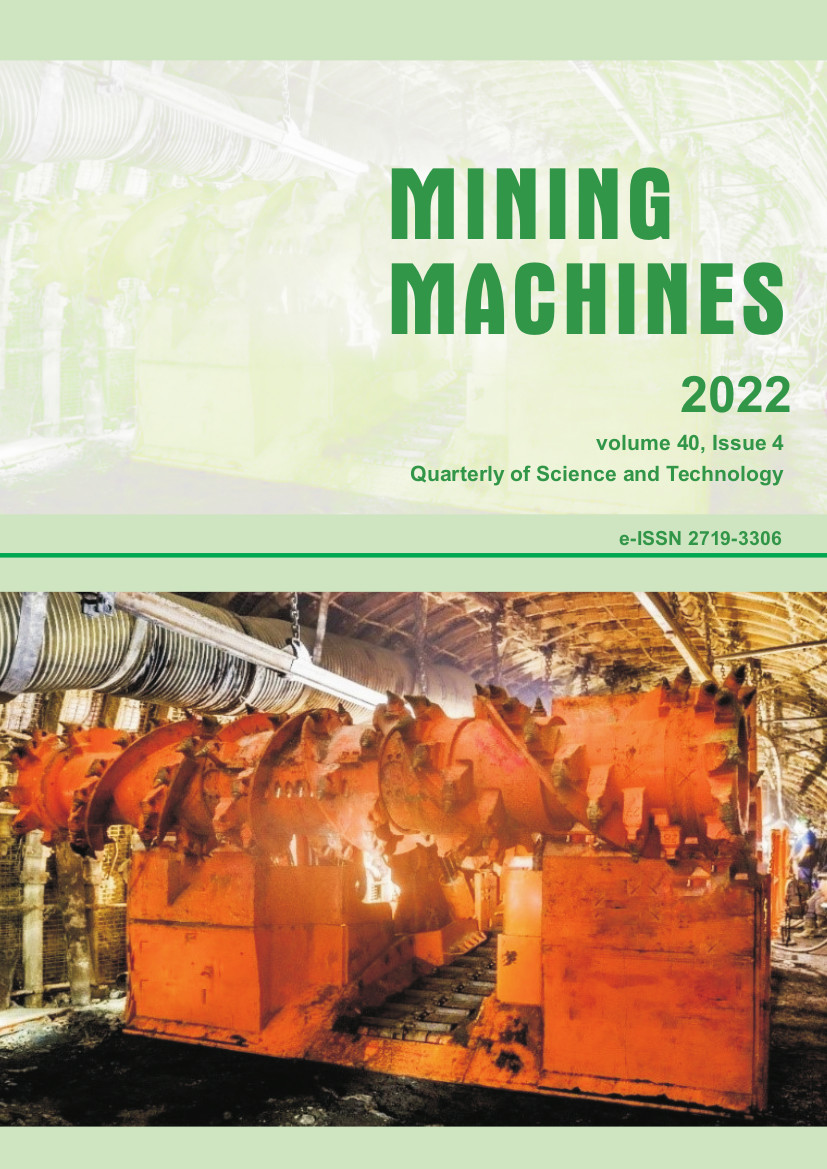
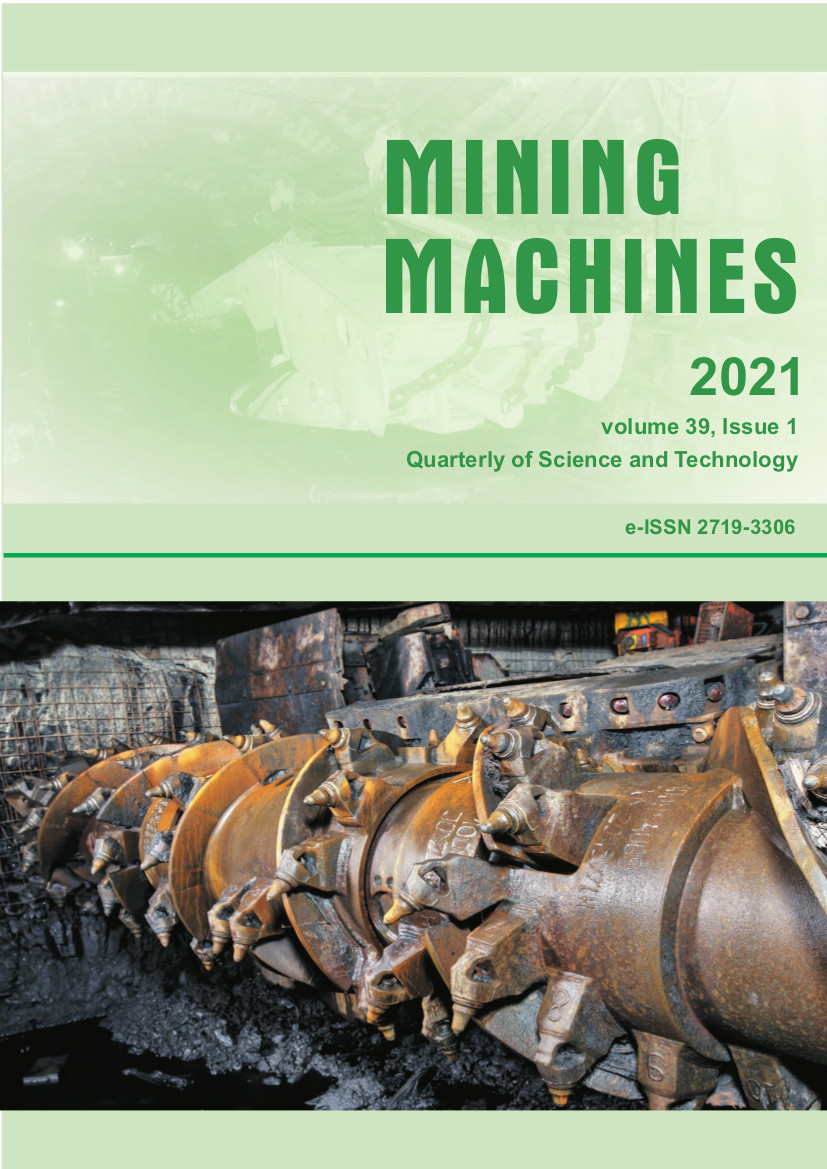
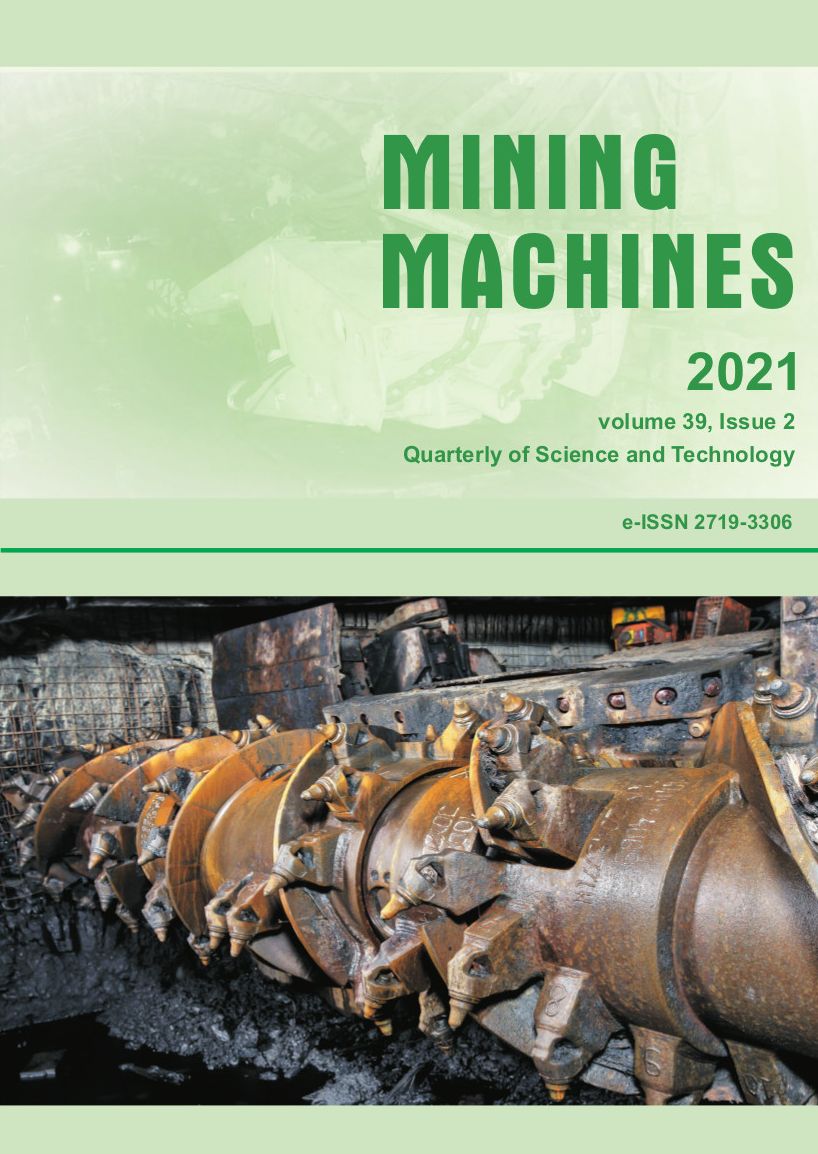
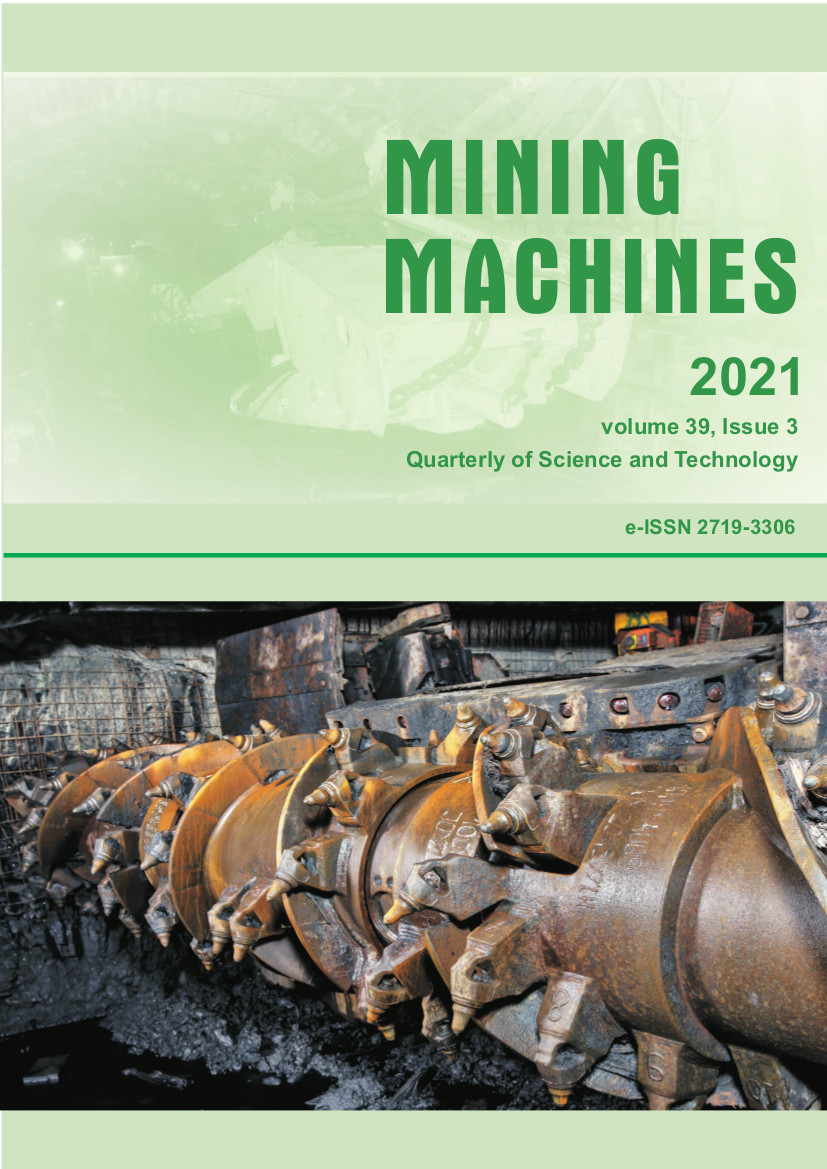
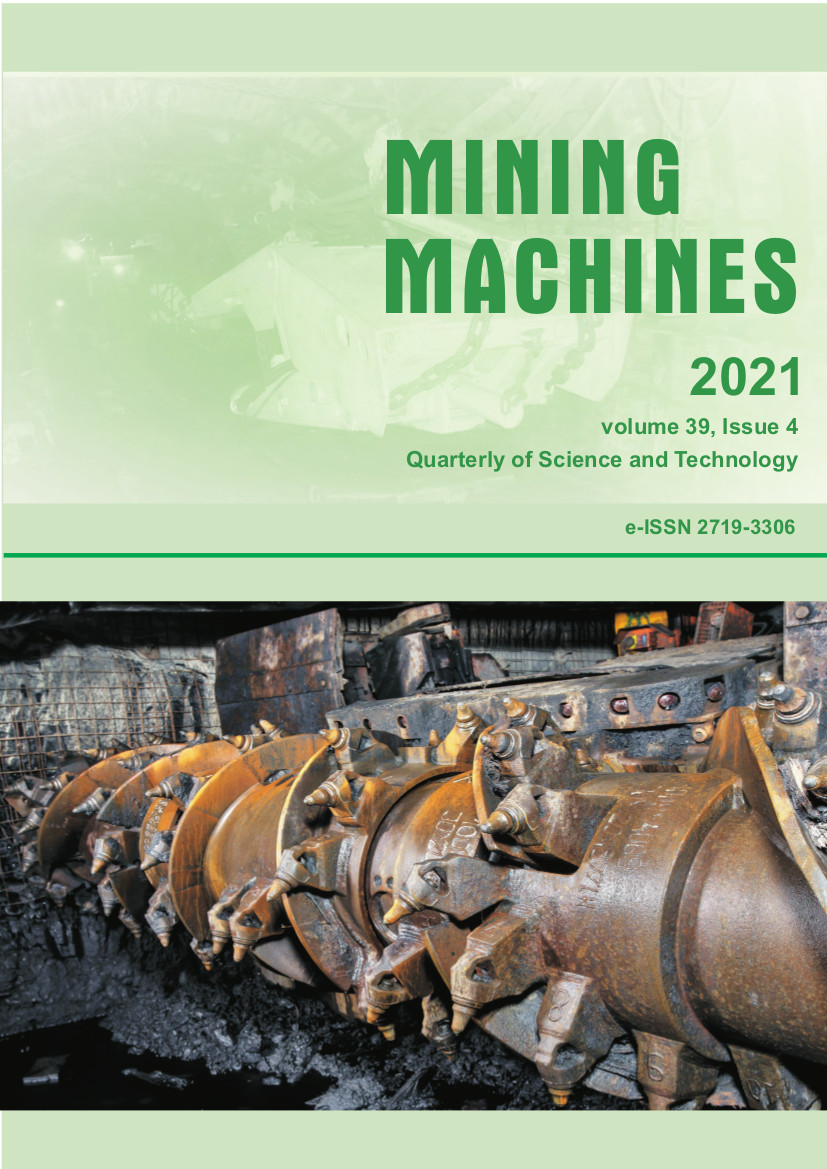

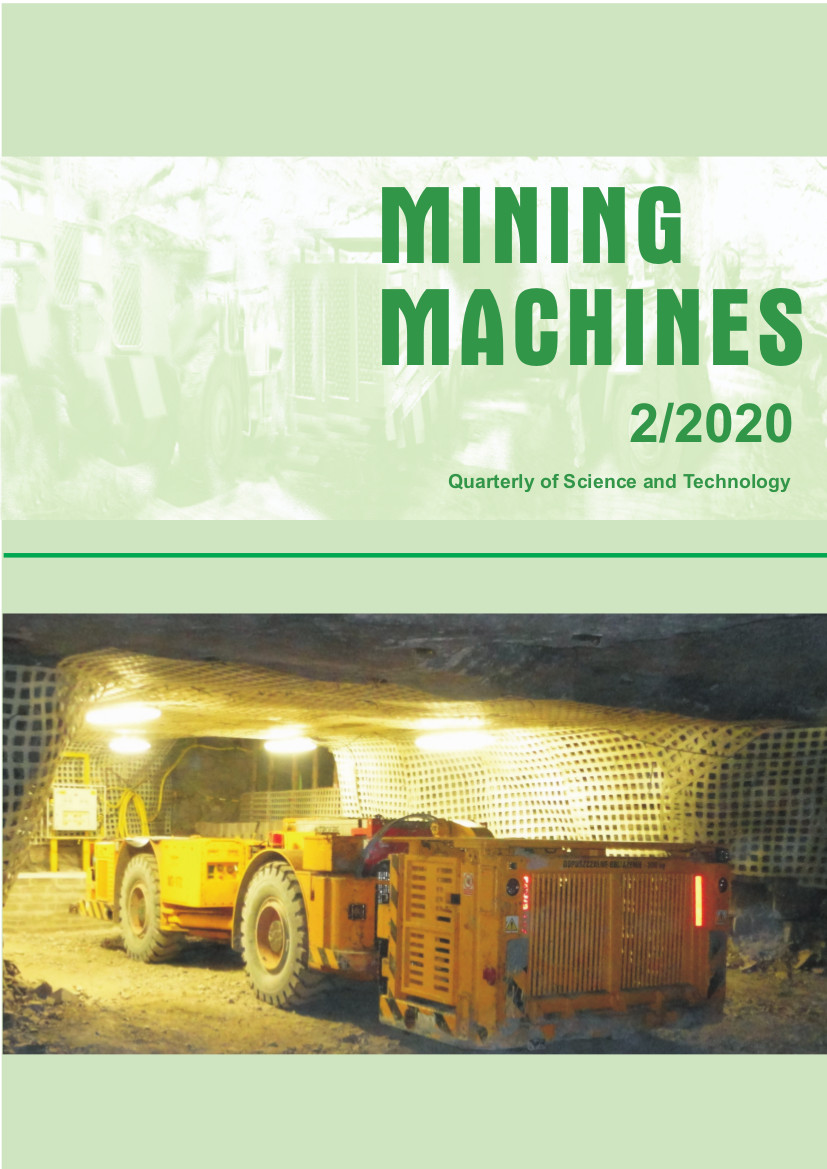
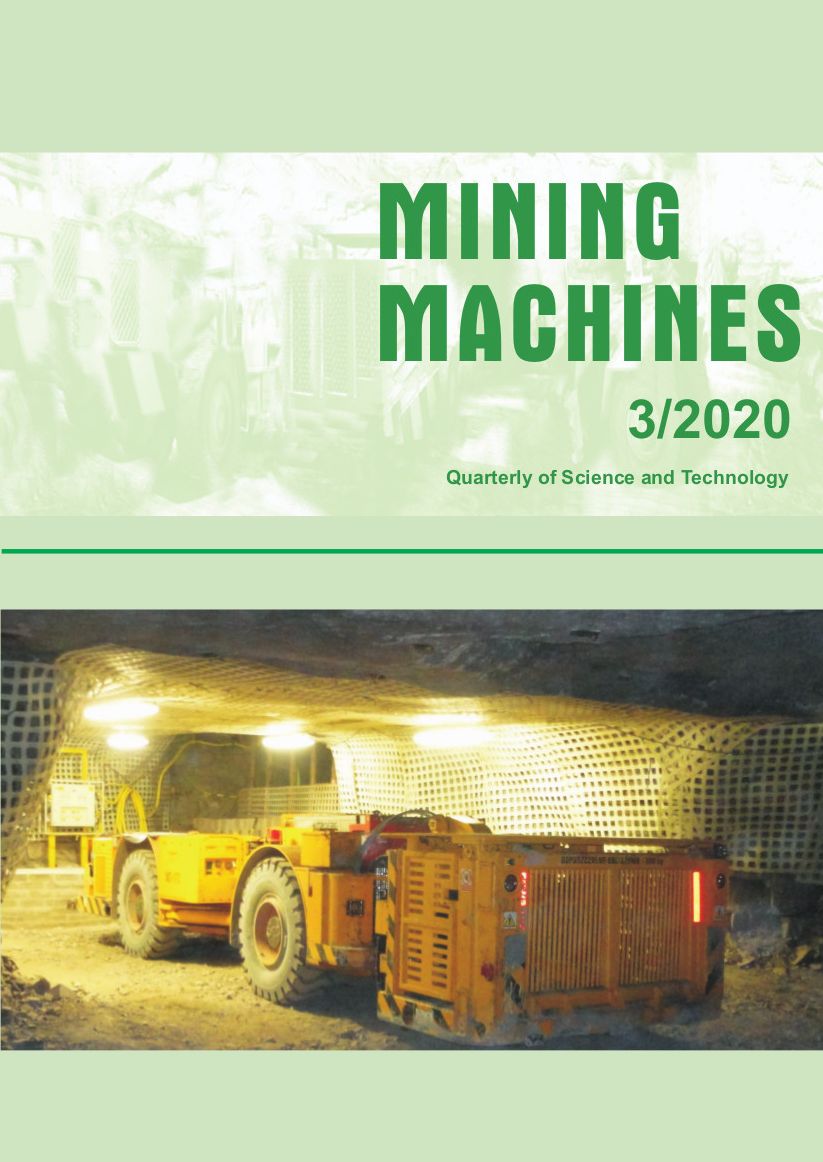
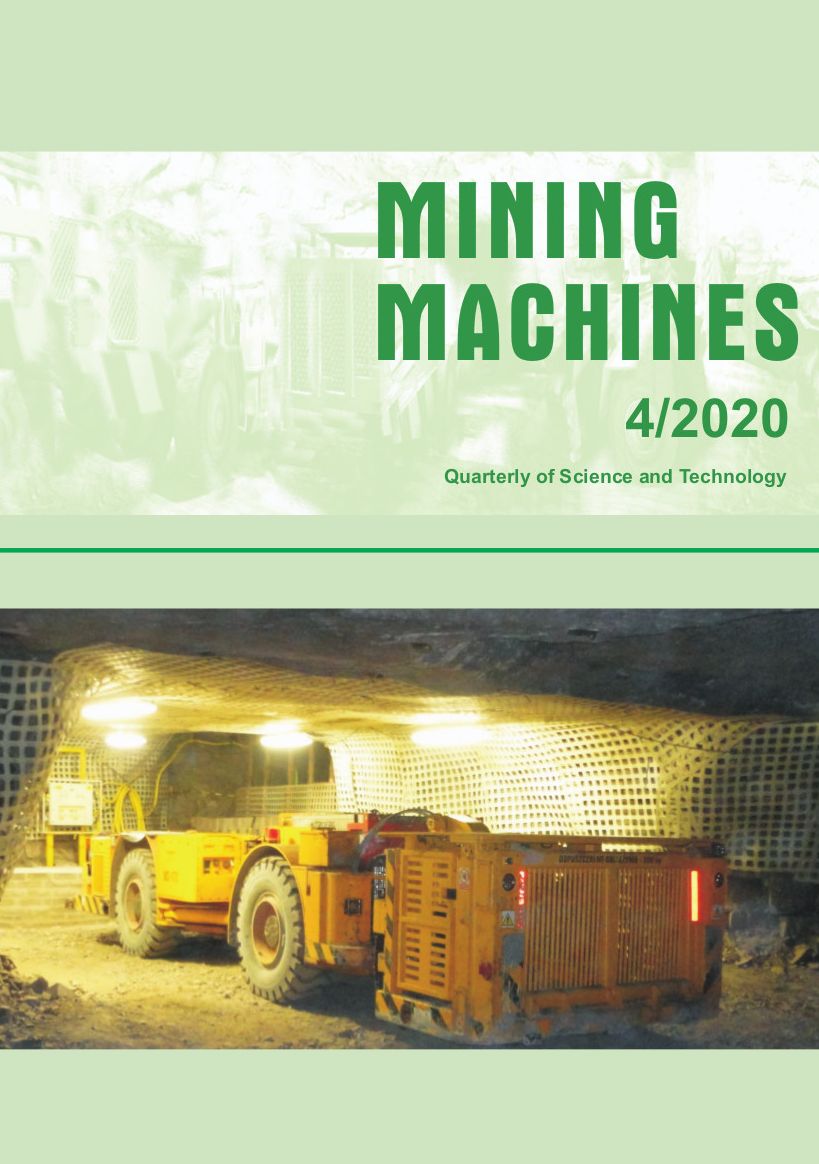
 Badanie bezpieczeństwa wyrobów
Badanie bezpieczeństwa wyrobów